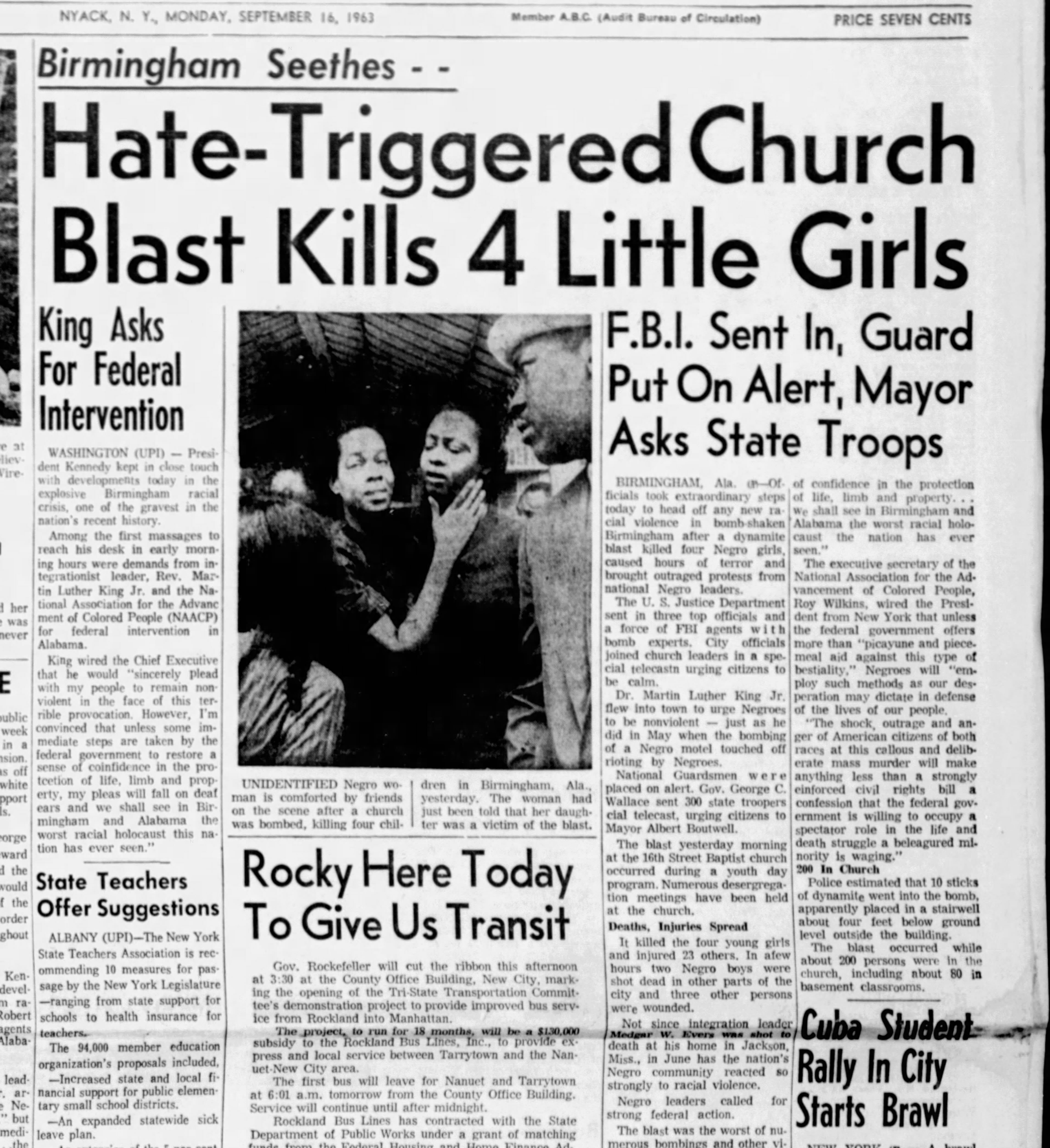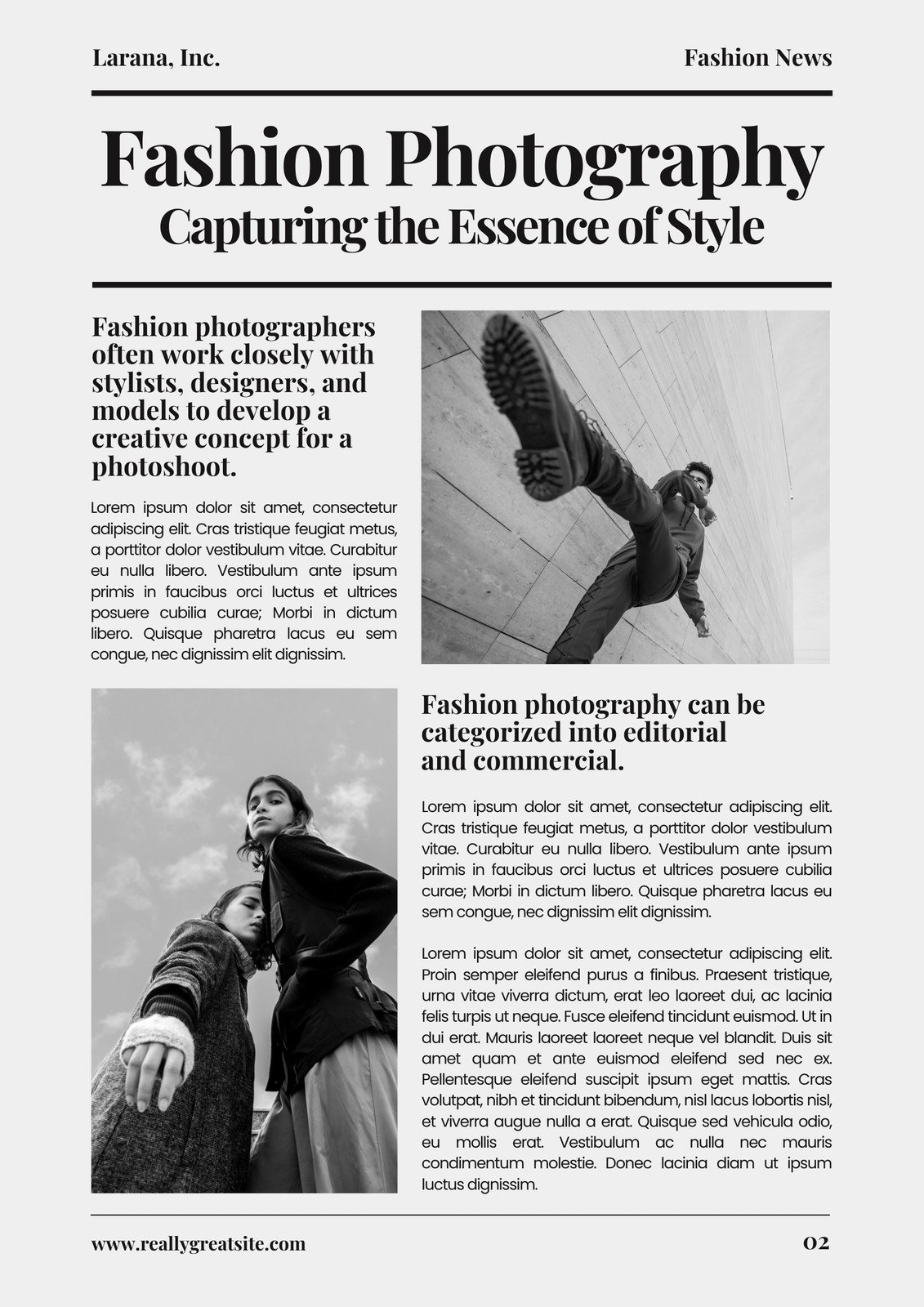The 45-Second Trick For News Articles
The 45-Second Trick For News Articles
Blog Article
Some Known Facts About News Articles.
Table of ContentsHow News Articles can Save You Time, Stress, and Money.The 9-Second Trick For News ArticlesTop Guidelines Of News ArticlesThe 15-Second Trick For News ArticlesThe Ultimate Guide To News Articles
Excellent expertise of various subjects offers students an one-upmanship over their peers. Even though electronic and social networks are conveniently easily accessible, we should not fail to remember how important it is to check out the papers. Moms and dads need to try and instill the behavior of reading a newspaper as an everyday routine to continue the tradition of the revered print medium.Newspaper article additionally contain at the very least one of the adhering to crucial features about the desired audience: proximity, prominence, timeliness, human rate of interest, oddity, or consequence. The associated term journalese is sometimes used, generally pejoratively, to describe news-style writing. An additional is headlinese. Newspapers generally stick to an expository writing design.
Within these limitations, news stories likewise intend to be thorough. Amongst the bigger and much more revered newspapers, justness and balance is a significant factor in offering info.
Papers with an international target market, for instance, tend to utilize an extra formal style of creating. News Articles.; usual style overviews include the and the US Information Design Book.
Not known Facts About News Articles
Generally, journalists will certainly not make use of a lengthy word when a brief one will do. They make use of subject-verb-object building and brilliant, energetic prose (see Grammar). They provide narratives, instances and allegories, and they seldom depend upon generalizations or abstract concepts. News writers attempt to prevent utilizing the exact same word greater than once in a paragraph (often called an "echo" or "word mirror").
Headings in some cases omit the subject (e.g., "Leaps From Watercraft, Catches in Wheel") or verb (e.g., "Pet cat woman lucky"). A subhead (additionally subhed, sub-headline, subheading, subtitle, deck or dek) can be either a secondary title under the primary heading, or the heading of a subsection of the write-up. It is a heading that comes before the major text, or a team of paragraphs of the major message.

Additional billboards of any of these kinds might appear later in the post (particularly on subsequent web pages) to tempt further analysis. Such billboards are additionally made use of as tips to the write-up in other sections of the publication or site, or as advertisements for the piece in various other magazine or websites. Normal framework with title, lead paragraph (recap in vibrant), various other paragraphs (details) and contact information.

Example of a hard-lead paragraph NASA is proposing another space task. The agency's budget request, introduced today, consisted of a strategy to send another mission to the Moon. This moment the company intends to establish a lasting facility as a jumping-off place for other room experiences. The budget requests roughly $10 billion for the task.
The NASA statement came as the agency asked for $10 billion of appropriations for the job. An "off-lead" is the second essential front web page information of the day. The off-lead shows up either in the top left corner, or directly below the lead on the right. To "hide the lead" is to begin the write-up with background information or information of second significance to the viewers, requiring them to learn more deeply right into a post than they must have to in order to uncover the necessary factors.
Not known Factual Statements About News Articles
Common use is that or 2 sentences each develop their own paragraph. Journalists typically describe the organization or framework of a newspaper article as an inverted pyramid. The important and most intriguing components of a tale you can look here are placed at the beginning, with supporting details complying with in order of lessening value.
It permits individuals to check out a subject to just the deepness that their inquisitiveness takes them, and without the imposition of information or subtleties that they can consider unnecessary, yet still making that information readily available to much more interested viewers. The upside down pyramid structure also enables articles to be cut to any approximate length during design, to fit in the space readily available.
Some writers begin their tales with the "1-2-3 lead", yet there are numerous kinds of lead offered. This style inevitably begins with a "5 Ws" opening paragraph (as described above), adhered to by an indirect quote that serves to support a major component of the first paragraph, and afterwards a direct quote to support the indirect quote. [] A kicker can refer to numerous points: The last story current program; a "pleased" tale to finish the program.
Longer posts, such as magazine cover short articles and the items that lead the inside sections of a paper, are known as. Feature stories vary from straight news in a number of means.
The Ultimate Guide To News Articles
The journalist often details interactions with meeting topics, making the item much more personal. An attribute's first paragraphs commonly connect an appealing minute website here or event, as in an "anecdotal lead". From the details of an individual or episode, its sight swiftly broadens to generalizations concerning the story's subject. The section that signifies what a feature has to do with is called the or billboard.

The Editor's Toolbox: A Reference Overview for Beginners and Professionals (2001) Allan M. Siegal and William G. you could try this out Connolly. The New York Times Guidebook of Style and Use: The Authorities Design Guide Made Use Of by the Writers and Editors of the World's The majority of Authoritative Paper (2002) M. L. Stein, Susan Paterno, and R.
Report this page